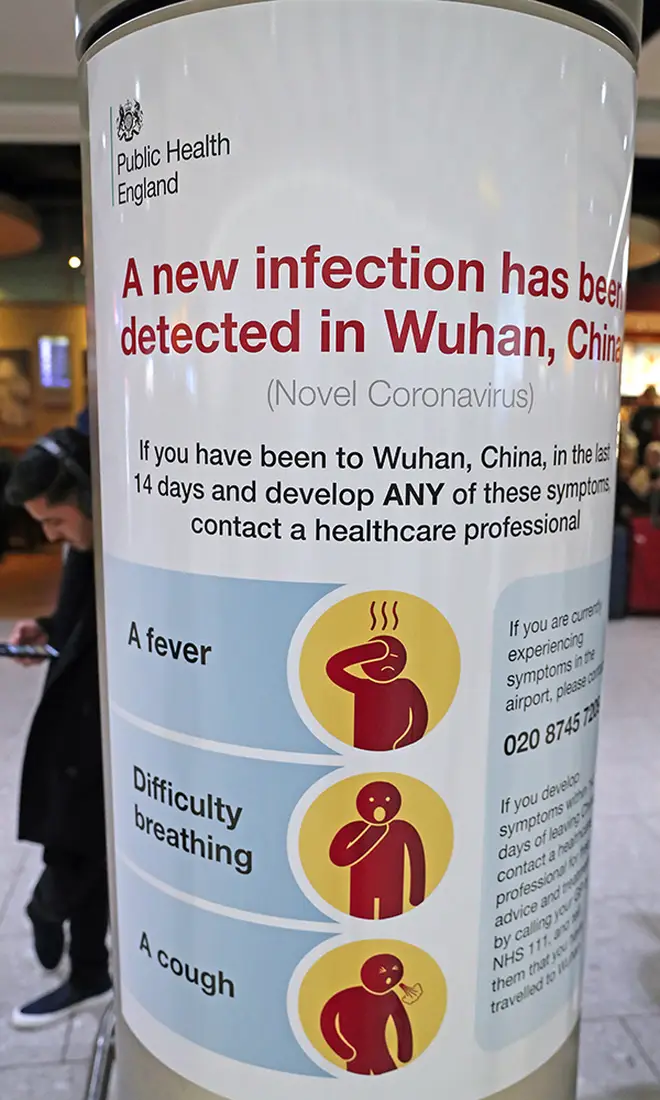
Nick Abbot 10pm - 1am
22 April 2020, 11:18

Coronavirus symptoms have commonly been referred to as a cough and fever but gastro-coronavirus is now increasing - so what is it? And what do we need to look out for?
Coronavirus has seen more than 2.5million cases confirmed worldwide with everyone being very conscious of the common symptoms that are a new, persistent cough and a high fever.
However, now people are beginning to talk about a second version of Covid-19 - gastric coronavirus.
Can face masks really protect you from coronavirus symptoms?
The less regular signs of coronavirus which originate in the stomach are now proving to be more common than first thought and can also be very similar to norovirus.

So what is gastric coronavirus? What are the symptoms? And how can you tell if it’s coronavirus of norovirus? Here’s what you need to know:
Rather than attacking a person’s respiratory system first, resulting in the common symptom of the cough, this version starts in the stomach. It's often a version of pneumonia in the lower part of the lungs which cause the stomach pains.
If a person feels either a pain in the abdomen or is experiencing diarrhoea this could be the early signs of covid-19. It is then vital to monitor yourself for further coronavirus symptoms such as the cough and fever.
The pain can be a strong abdominal pain like stomach cramps, or a dull ache in the tummy area.
However, these symptoms can also be associated with many other tummy bugs so it’s important you monitor yourself closely.


Boris Johnson’s address to the nation on coronavirus
Essentially, it’s the other common symptoms that come along with Covid-19 like a persistent cough and high temperature that sets the two illnesses apart.
Also, norovirus usually lasts around 24-48 hours.